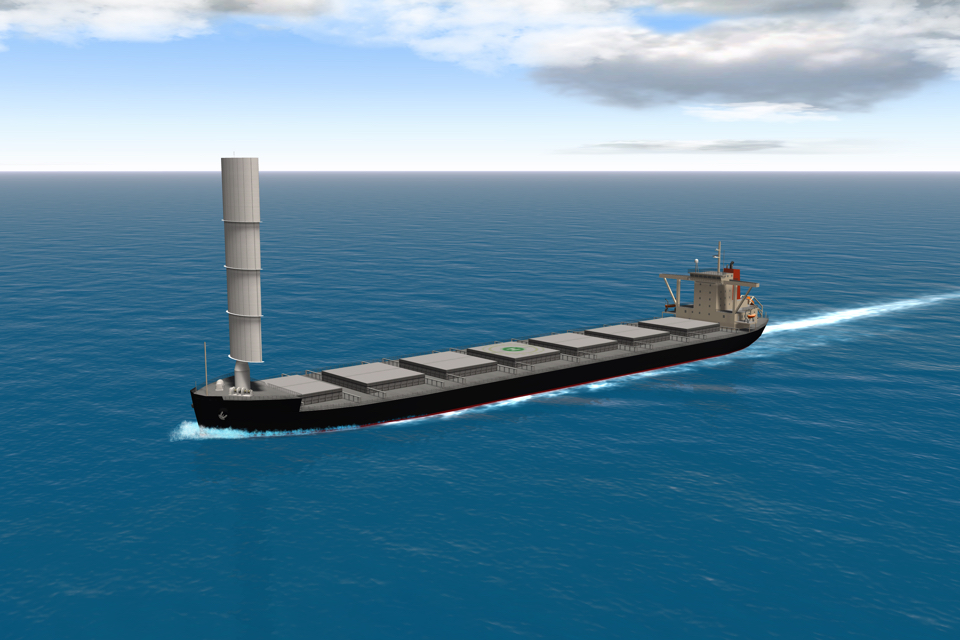Interest in both wind-assisted and primary wind propulsion is growing. On the back of the recent approval in principle (AIP) for the Wind Challenger, a wind-assisted vessel design by Class NK, Mitsui O.S.K. Lines (MOL) will now join the International Windship Association (IWSA).
The pace of development of wind propulsion solutions is slated to continue; an EU commissioned report on the wind propulsion market in 2017 predicted up to more than 10,000 wind propulsion installations by 2030. Additionally, the recent UK Clean Maritime plan forecast market potential at 300 million pounds per year over the next decade growing to 2 billion pounds per year by the 2050s.
The not-for-profit organisation IWSA has for the last five years been bringing together wind propulsion projects, research organisations and projects and promoting wind as a credible, viable and increasingly economic option for commercial vessels.
Gavin Allwright, Secretary General of IWSA states: ‘Having MOL step up and take on the delivery of the Wind Challenger project is a significant step forward for both the project and wind propulsion in the industry in general. MOL is a key player in the industry and we are delighted to welcome them on board at a critical juncture in the decarbonisation transition in shipping. I look forward to working with the MOL team going forward.’
Wind Challenger
MOL has been engaging with IWSA over the last few years through the “Wind Challenger Project”. This project started started in 2009 with the “Wind Challenger Plan”, an industry-academia joint research project led by the University of Tokyo. In January 2018, MOL and Oshima Shipbuilding took charge of the plan and now play a central role in the delivery of this project and technology.
The basic design of the wind challenger features a sail system, which converts wind energy to propulsive force with a telescopic hard sail. In September 2019, ClassNK released its Guidelines for Wind-Assisted Propulsion Systems for Ships. The Wind Challenger’s hard sail system was reviewed on the basis of these guidelines, which resulted in an AIP.
MOL and Oshima Shipbuilding will now move toward a detailed design and implementation for the Wind Challenger Project, with the aim of launching a newbuild vessel. The hard sail system is expected to reduce the vessel’s greenhouse gas emissions by about five per cent on a Japan-Australia voyage, and about eight per cent on Japan-North America West Coast voyage.








